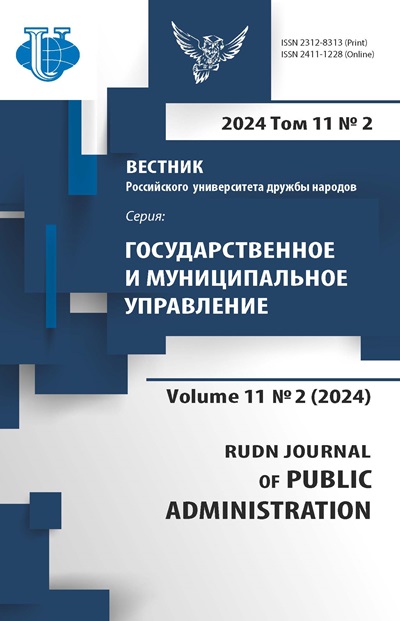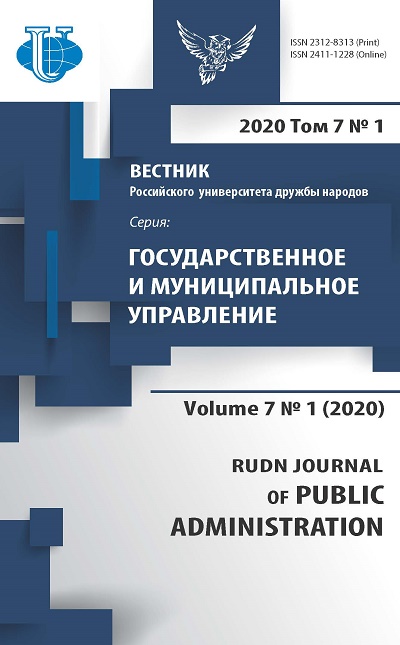Участие женщин в политической жизни в Иордании
- Авторы: Хавамдех М.Х.1, Аль-Ктеишат А.С.1
-
Учреждения:
- Российский университет дружбы народов
- Выпуск: Том 7, № 1 (2020)
- Страницы: 83-88
- Раздел: МЕЖДУНАРОДНЫЙ ОПЫТ ГОСУДАРСТВЕННОГО УПРАВЛЕНИЯ
- URL: https://journals.rudn.ru/public-administration/article/view/23799
- DOI: https://doi.org/10.22363/2312-8313-2020-7-1-83-88
Цитировать
Полный текст
Аннотация
Начало участия иорданских женщин в государственной политике датируется 1950-ми годами, однако в период с 1956 по 1992 год их политическая активность прекратилась. В 1992 году новый закон о политических партиях предоставил женщинам право участвовать в политических партиях. С тех пор женщины стали основателями и активными членами политических партий, но их участие оставалось в основном символическим и не оказывало влияния на реальные политические процессы в стране. Женщины не стремились вступать в политические партии. В результате женщины по-прежнему практически не представлены в числе государственных и политических деятелей. Кроме того, сегодня число иорданских женщин, участвующих в деятельности партий, остается низким. Авторы выделяют ряд проблем, препятствующих участию женщин в политической жизни Иордании, в первую очередь социальные ограничения, обусловленные традиционной структурой иорданского общества. В статье рассматривается участие женщин в политической жизни Иордании и анализируются наиболее важные проблемы, влияющие на политическую деятельность женщин в стране.
Ключевые слова
Об авторах
Мазен Хуссен Фалах Хавамдех
Российский университет дружбы народов
Автор, ответственный за переписку.
Email: mazen_1616@yahoo.com
ассистент кафедры государственного и муниципального управления, аспирант кафедры сравнительной политологии
ул. Миклухо-Маклая, 6, Москва, Россия, 117198Ахмад Сахер Ахмад Аль-Ктеишат
Российский университет дружбы народов
Email: ahmad_qteishat@hotmail.com
ассистент кафедры государственного и муниципального управления, аспирант кафедры сравнительной политологии
ул. Миклухо-Маклая, 6, Москва, Россия, 117198Список литературы
- Amal Abu Jiries. The Reality of Women’s Political Participation in Jordan. Netherlands Institute for Multiparty Democracy. 27.08.2019. URL: https://nimd.org/the-reality-of-womens-political-participation-in-jordan/. Accessed: 25.11.2019.
- Abeer Bashier Dababneh. Jordanian Women’s Political Participation: Legislative Status and Structural Challenges. European Journal of Social Sciences. 2012. 27 (2): 213-221.
- The Jordanian National Commission for Women, Women’s Political Participation in Jordan. MENA - OECD Governance Programme. 2018. 96 p. URL: http://www.oecd.org/mena/governance/womens-political-participation-in-jordan.pdf. Accessed: 25.11.2019.
- Fatima Atiyat. Jordanian Women Participation in the Parliamentary Elections of 2016: Field Study in Albalqa Governorate. International Journal of Humanities and Social Science. March 2017; 7 (3): 109-122.
- Ministry of Political and Parliamentary Affairs (Jordan). URL: http://www.moppa.gov.jo/ Default.aspx. Accessed: 25.11.2019 (In Arab.).
















